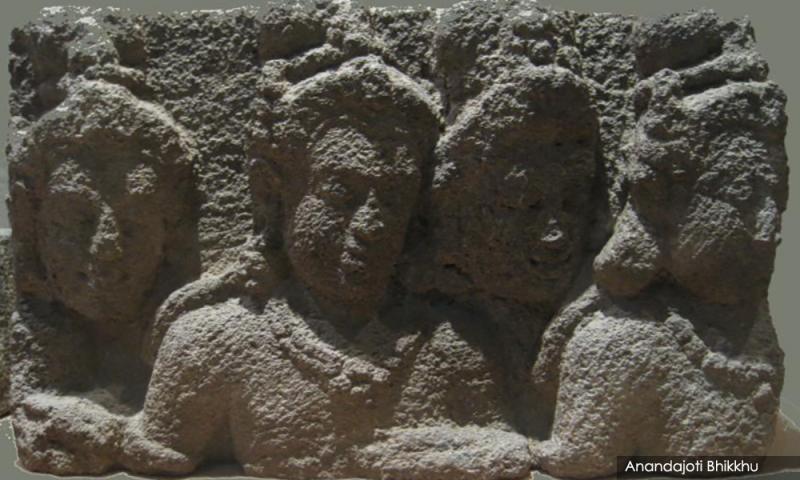LETTER | Learning from Turkiye, the land of ancient roots
LETTER | Being the secretary for Association for Welfare, Community, and Dialogue which strongly supports dialogue among civilisations, I have a natural passion for history, nature, and archaeology that could unravel the rich natural and cultural heritage of the world.
Lately, I had an opportunity to visit Turkiye, a land that is located in Southeastern Europe and South Western Asia.
Its black sea marginally lies between Europe and Asia, East of Balkans, south of the East European Plain, west of the Caucasus, and north of Antonia.
Its geography indicates a meeting point of civilisations, while its weather, aesthetic natural beauty, historical monuments, ancient artefacts, and healthy cuisine attract millions of tourists around the world.
Turkiye has been an example of a Muslim-majority nation with a secular system and moderate form of Islam that does away with narrow, exclusive, ideological religion, which could be found in Malaysia.
Its interactions with various civilisations of the past and present have shaped much of its social fabric.
On the other hand, it is also vital to note that the current Turkish president has demonstrated some inclination towards a conservative brand of religion through certain actions.
One of his actions includes turning the imperial Christian heritage Hagia Sophia Museum into a mosque.
However, the overall secular aspect of the Turkish nation is intact with the protection of the constitution and the military.
Coming back to its natural beauty and history, I visited the Mustafa Kemal Ataturk Museum in Ankara which represents the secular dimension of modern Turkey that freed itself from its imperial religious past.
It was amazing to see its current soldiers taking pride in protecting secular Turkey.
In visiting Cappadocia, the land of beautiful horses, I was amazed at the preservation of its cone rock formations, cave churches, fairy chimneys, rock houses, underground cities, and unique landscape where I had a safari jeep ride with my wife along its landscapes.
The work of ancient Christian monks was marvelous. They carved rock caves to make them churches.
Places like Ephesus preserved the House of the Virgin Mary and the tomb of Saint John the Apostle is nearby. The work of Apostle St Paul in preaching Christianity is recognised in Ephesus.
What was unique about Turkiye was the principle that nature and history determine its value, and not otherwise.
We in Malaysia should learn and appreciate nature and history from diverse aspects of civilisations and not merely emphasise a particular ethno-religious view.
Turkiye has natural thermal spring mineral waters which is used to power industries who are going green.
In Pamukkale, I felt a sense of balance when I walked through its thermal pools as its heat counterbalanced the cold temperature. Nature indicates the importance of balance or moderation in one’s outlook on life.
To me, the thermal waters were a place to link spirituality to nature, where the beauty of God’s creations is contemplated, experienced, and felt.
It was a wonderful moment for my own spiritual life, where God is recognised through the wonders of creation.
Taking a clue from Turkiye, the Malaysian government should come up with ways to identify its own ancient sites instead of focusing too much on its colonial past in application for Unesco status.
All this is possible if the politics of the country goes beyond the identity politics of race and religion that narrows down our encounter with various civilisations of the world and their contribution.
We should discover our own ancient roots, especially our encounter with various civilisations, learning from the good and the negative, besides protecting nature from commercial predators.
Preserving the positive aspects of secularism and moderate form of religion is the key to unlocking our ancient interactions and contributions.
The views expressed here are those of the author/contributor and do not necessarily represent the views of Malaysiakini.
RM12.50 / month
- Unlimited access to award-winning journalism
- Comment and share your opinions on all our articles
- Gift interesting stories to your friends
- Tax deductable
